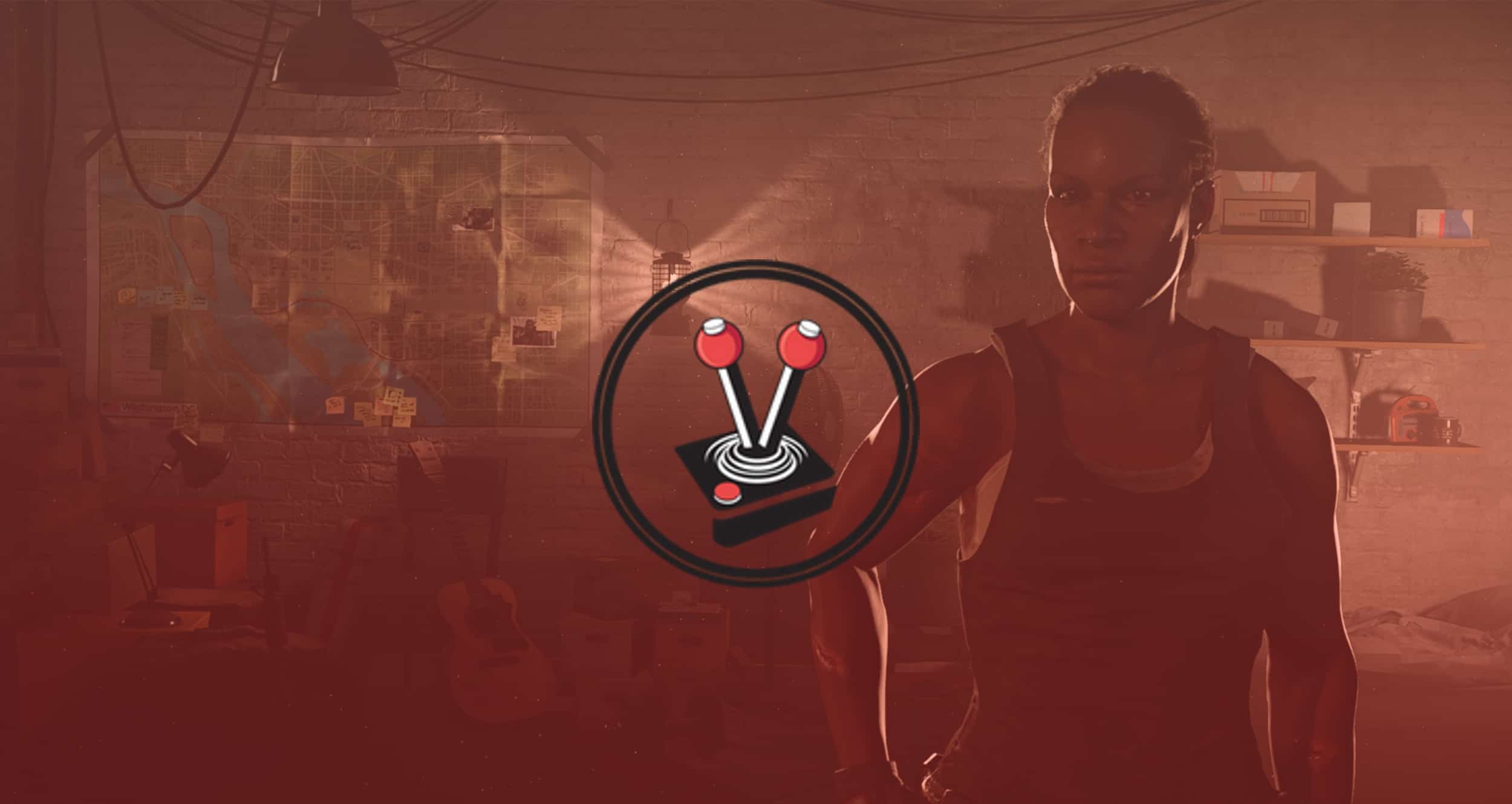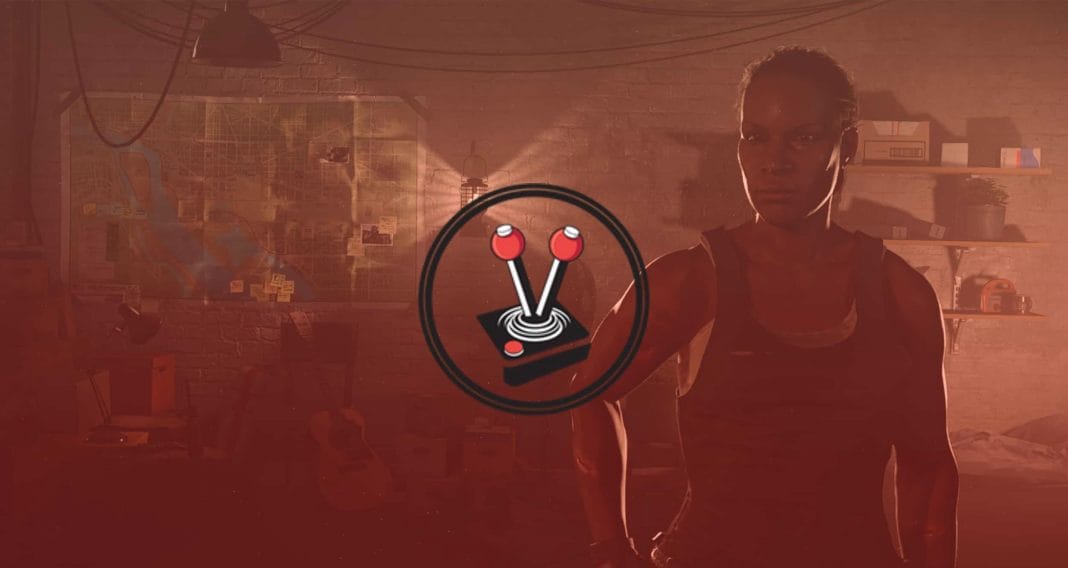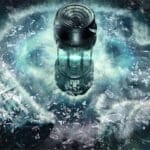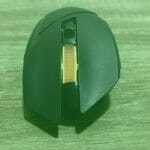Ubisoft Reflections and MASSIVE Entertainment took the chance of a lifetime when they released Tom Clancy’s The Division in 2016. The game not only promised a massive digital recreation of Manhattan, but also incredible levels of detail, countless amounts of gameplay, and non-stop tactical looting and shooting among friends. While the game released with a few broken promises, it ultimately delivered where it mattered most, and developed somewhat of a cult following in the process. I loved the game. I still do. When Ubisoft announced Tom Clancy’s The Division 2, I finally had reason to look forward to the 2019 gaming line-up.
First announced in 2017, Tom Clancy’s The Division 2 is set to deliver on everything they promised with the first game, and more. Better loot cadence, more polished gameplay, and an entirely new focus on end-game support. In this Vamers The Division 2 Review, I will go over exactly why this is my next go-to game, for the foreseeable future.
Saviour of the Capitol
Storytelling was never The Division’s strongest suit. In the first game you took on the role of an agent who would eventually become the Hero of New York – a second wave Division agent flown in to bring order to Manhattan and get to the bottom of the mystery of the disappearing first wave agents. The first game’s main campaign did nothing more than take players on a tour throughout Manhattan. All while introducing the various side missions and activities on offer. The sequel follows a similar pattern, but this time with a little more flair.
Tom Clancy’s The Division 2, throws gamers right into a world where your agent has been activated long before the game even begins. As such, and right off the bat, The Division 2 throws you into the middle of an attack on your base camp somewhere outside of Washington, DC. After getting to grips with the basic controls, a siren sounds and you are tasked with helping the capitol fend off a new group of bad guys: the Hyenas. Now it is up to you to find out what their ties are to the already present enemy factions in Washington, known as the True Sons and the Outcasts.
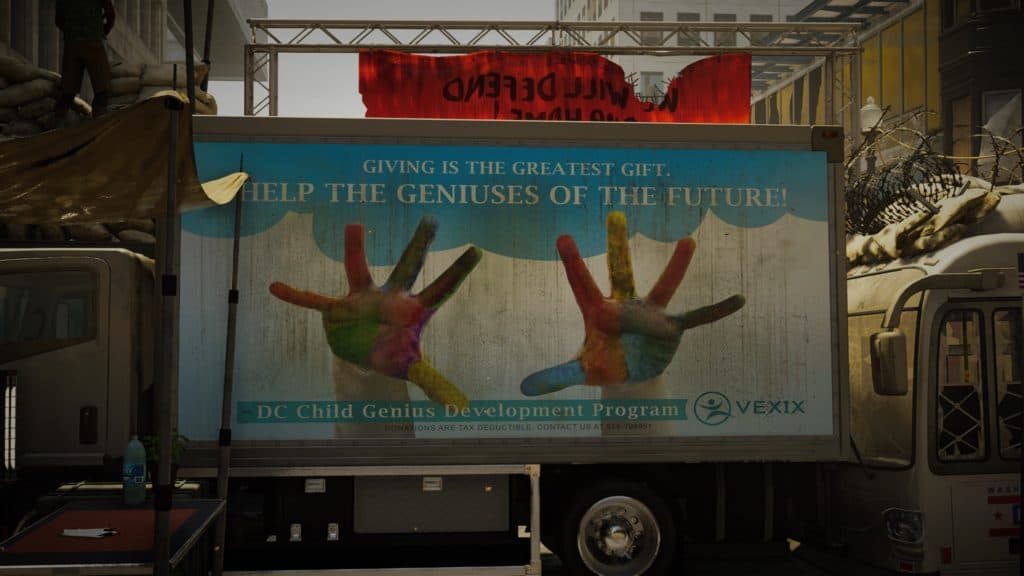
When compared to the first game, the immediacy of the threat in the introductory moments of the game is rather jarring. The first game started players off with a set mission right from the start, flying them in by helicopter, and ensuring they clear out Manhattan; all while simultaneously uncovering the mystery of a mysterious militarised group. In the sequel, you are a seemingly random agent tasked with saving Washington. The game does nothing more to explain who you are, what level of deployment you are part of, or what your ties are to this base camp outside of Washington D.C. At least for the first few main missions, all that is known is that you seem to be the only Agent capable of rebuilding the Washington branch of the Division; and getting to the bottom of who the Hyenas really are.
As the main campaign pushes forward, more is revealed. However, the narrative never bothers to link the first and second games as I hoped it would. A shame for gamers who invested time in the first game. With that said, the most important thing to know by the end of the campaign is that it does take place some months after the events of the first game. This is by no means a bad thing, especially considering how much the game manages to accomplish in terms of gameplay and design.
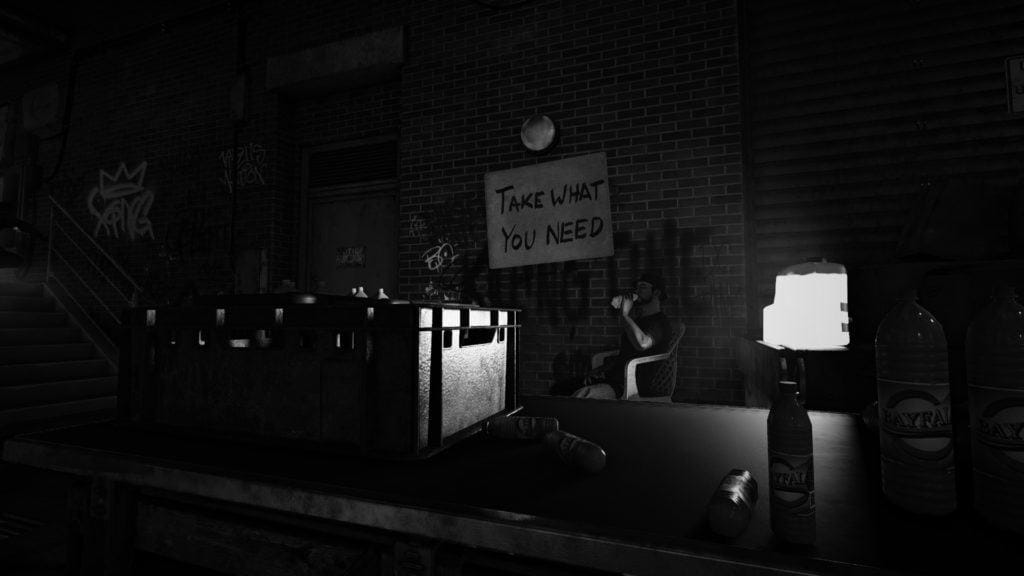
The character creation tool, for instance, is quite extensive compared to the first game. Before you set off on your adventure, you can create a new Agent by choosing from one of around 40 pre-made presets (20 for each body type). Thereafter, you can customise your character to your heart’s content with a plethora of hair options, sliders that fine-tune facial structure, and even skin tone, hair colour, and eye colour options. A vast improvement over the first game.
Beyond the character creation, I must mention that all main campaign missions are true spectacles. While the game forces you through the usual loop: go to the location, shoot bad guys, acquire loot, profit and repeat; it does offer a spectacular showcase of Washington’s tourist hotspots. Every mission, whether it revolves around ridding a library of True Sons, restarting a server farm in the metro, or even stealing the Declaration of Independence, the game offers a stunning showcase of flashy setpieces that will forever be memorable.
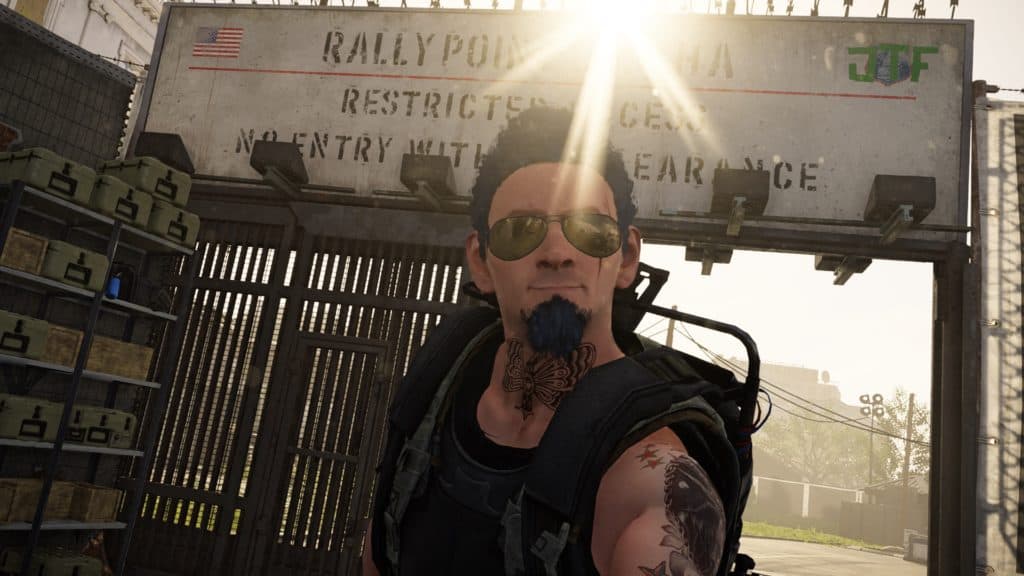
One of my personal favourite moments was when I first entered the Air & Space Museum. There I could explore a number of rooms, all themed around aerial advancements, like the first moon landing, and more. There was a certain inglorious charm around being able to take cover behind a recreation of the Apollo 11 landing pod; the same one commandeered by Neil Armstrong, Michael Collins, and Edwin “Buzz” Aldrin. All in the name of bringing order to the capital and rebuilding the Division.
These spectacles also extend to the greater world. From when you finally arrive in Washington, all the way through to the end of the campaign, you are graced with a beautiful world, rife with realistic fauna and flora. The city is in ruins, with vehicles littering the roads and an environment that clearly found inspiration from games like The Last of Us.
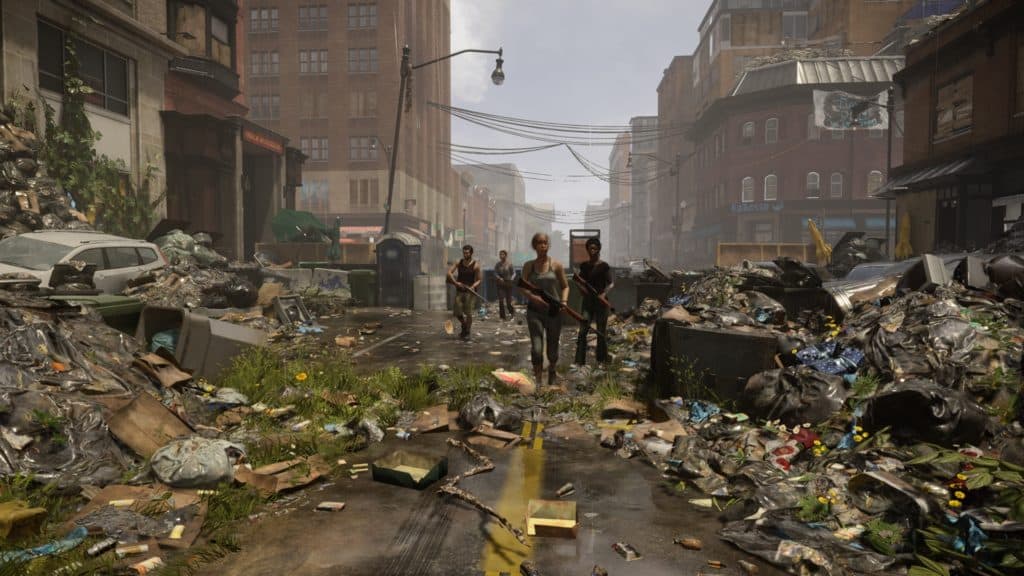
While the setting is by no means “post-apocalyptic”, there is something about the post-epidemic Washington D.C. that makes The Division 2 not only feel superior to its predecessor, but also strangely — and worryingly — scary. There is no denying that the setting depicted in the game is fictional in nature, but after having spent a good thirty plus hours in it, I can say for certain that I feel more immersed in the world of The Division 2 than I ever did in the first game.
A rewarding experience
Just like the first game, the campaign in The Division 2 focuses more on the new enemy threats in the game versus exploring the overarching narrative. Although a missed opportunity, it does help flesh out the game’s many side missions, which are off-shoots of the main campaign line. These side missions introduce you to a seemingly endless number of activities that dynamically change, depending on where you are in the game, and what you have already accomplished.
Side Missions encompass random objectives that will have you and your friends defend encampments, take part in resource gathering, or even capturing pivotal points of interest back from the various factions within the game. Completing these additional quests will reward players with Shade Tech, which is used in character progression (more on that below), and aids in opening the game up for further side content, such as Strongholds – one of the many forms of end-game content. As you complete these various forms of content, and loop around through the many steps of the looting and shooting process, you will be exposed to the world and the sheer attention to detail that you could only expect from technological showcases such as Ryse Son of Rome and Quantum Break.
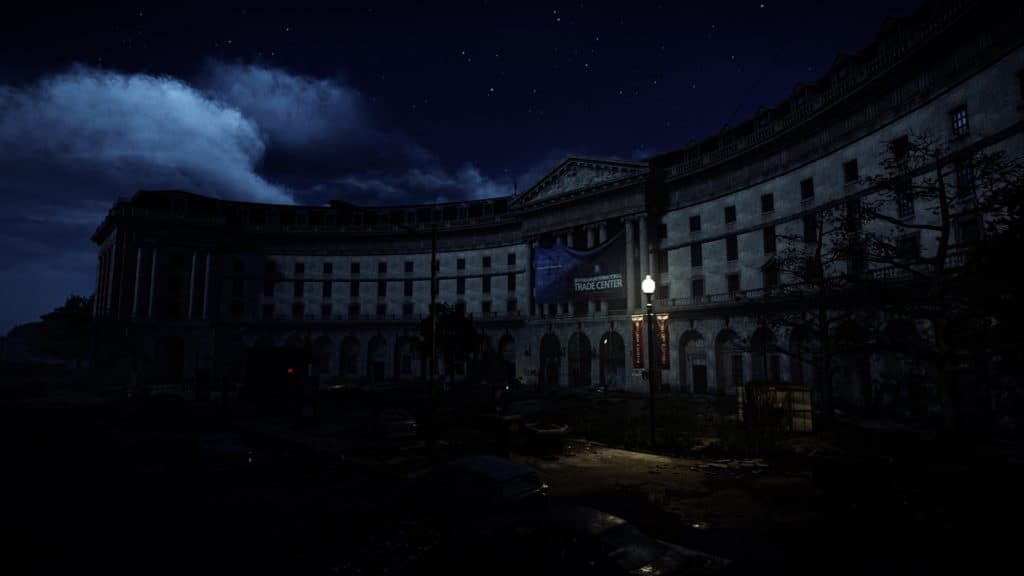
There is no denying that looter/shooters are repetitive in nature. However, thanks to the amount of detail that Ubisoft and MASSIVE have put into the design of Washington, the repetitive nature evolves into a wonderful experience where every corner and every street transforms into an event of its own. By the time that you take back some point of interest from an enemy force for the umpteenth time, it feels like second nature – not some chore or grind.
It goes without saying, that Loot and gear are huge aspects of any looter/shooter, and The Division 2 is no different. The game wonderfully rewards players with new loot and gear after just about every single engagement with the enemy. Gear drops in various levels, and is dependant on the level of the enemies you encounter and the level of your agent. At the start of the game, you will be decking your agent out in tier 1 (common or white) gear. Whereas tier 2 (green), tier 3 (blue), and tier 4 (purple) gear drops will become more and more common as you level up and make your way through the campaign. This superb loot cadence and reward system that the developers have put in place helps to alleviate the feeling of repetition. After all Hyenas, True Sons, and Outcasts skulk around every corner of the city.
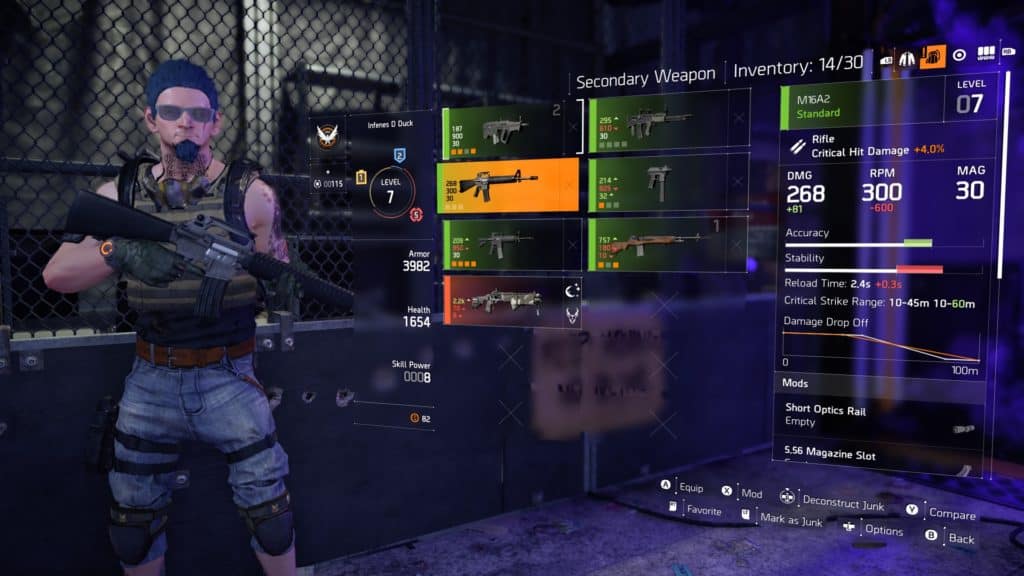
You cannot run half a kilometre before running past a group of Hyenas executing someone, or patrolling to some control point that they will be defending. When you engage and end up in firefights with them, they quickly turn from “just a group of enemies” to what feels like free-thinking individuals, working together to bring the player down.
The shotgunners will immediately try to flank you while keeping the pressure on your last known cover position. Rushers — crowbar-wielding maniacs — will rush at you head-on and bludgeon you over the head, while snipers and grenadiers will stay back and bombard you with bullets and shrapnel from afar. There are also basic raiders who keep the pressure on you with mid-range encounters by using assault rifles and submachine guns. The most challenging enemies to handle, however, are the heavies. These guy pack loads of armour, wield light machine guns and look like hulks on the battlefield.
It goes without saying that the six or so enemy types found in the game might be a point of contest for many hardcore players. However, while there are effectively only six enemy types, they do come in various flavours. Each catered to create a feeling of breadth and uniqueness among the factions and the bad guys standing between you and the objective.
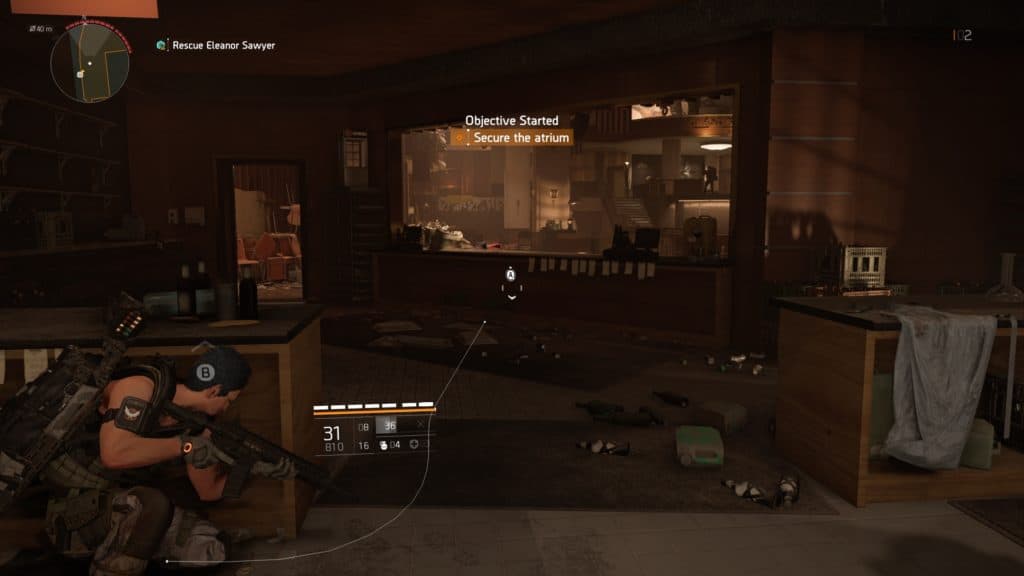
There are purple variants of these enemies for instance that are smarter and tougher. However, if you are particularly unlucky, you will run into a group led by a captain, a “golden” enemy. These golden enemies are the strongest versions you will encounter. They drop incredible loot, and are usually very capable of taking you out in a single hit or two.
By the time that I hit the level cap, I dealt with pretty much every single Hyena, True Son and Outcast the game has on offer. It makes sense then that as soon as players hit the end-game, that a fourth enemy force enters the scene. They are called Black Tusk.
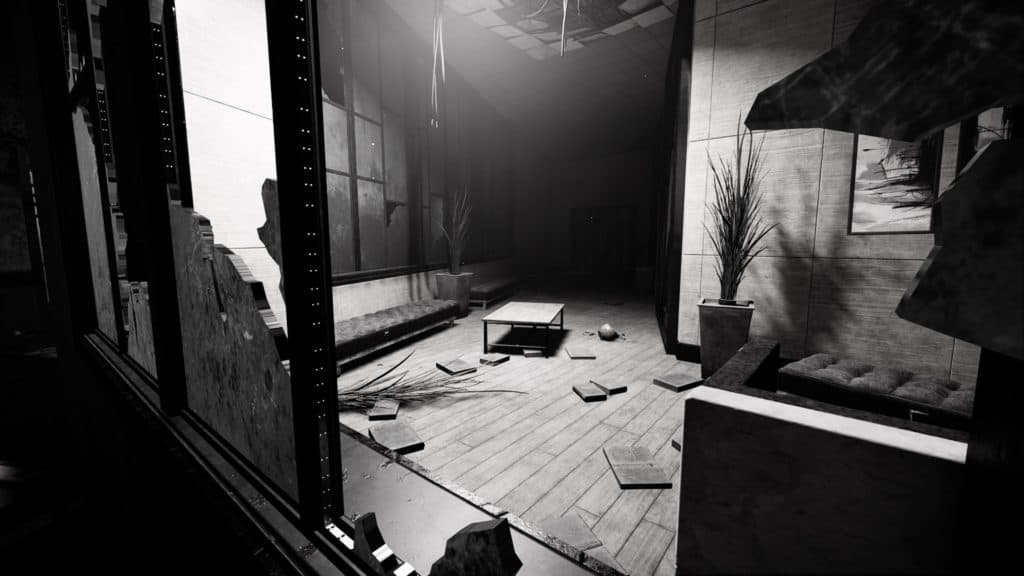
Endgame surprises
The brand-new enemy force that comes into play at the end of the campaign are known as Black Tusk. They are tough and really challenging enemies that force you into being the best agent that you can be. This is especially true as you go up against their armed-to-the-teeth forces with your own neat new tricks: specialisations. There are three specialisations that agents can lock into, each with their own new skill trees and signature gear.
At level 30, players will have to choose to become either a Sharpshooter, a Survivalist, or a Demolitionist. Their signature weapons are the TAC-50 Calibre Rifle, an Explosive Tipped Crossbow, and an M32A1 Multi-shot Grenade Launcher, respectively. Each specialisation comes with their own set of unique perks and buffs and plays into the weaknesses posed by the others. It is, therefore, imperative that players who choose to take on the end-game strongholds, be a full squad of unique specialists. With that said, clearing a Stronghold with two Demolitionists or Sharpshooters is more than viable as long as communication is clear and concise.
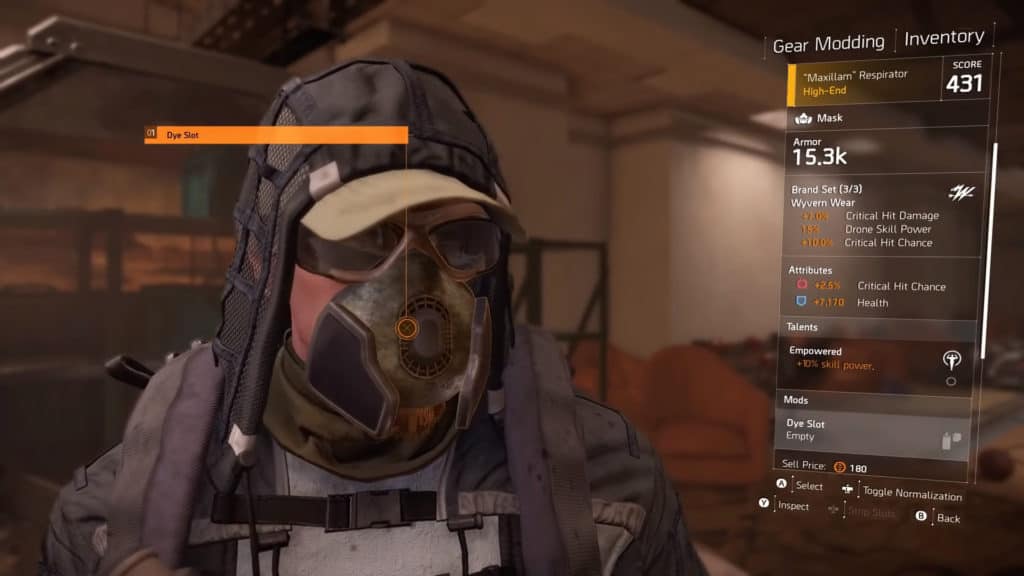
As you start to engage with the Black Tusk forces, you will enter new end-game difficulty tiers called World Tiers. These determine the difficulty of the enemies you face and the loot you can earn. Endgame and prestigious loot are commonly referred to as gold or legendary loot. Players will then revisit old missions, whether from the main campaign or otherwise, and redo them. This time with brand-new variables in place.
Changed variables include how the Black Tusk enemies do not spawn in the same location old enemies do. Level designs are also utilised in different ways, making gamers play from different points of entry, thus objectives are often different from what they were before. Each successful mission will net players with rewards that can be used to level up their specialisations, and further inch toward the next World Tier. At launch, there are currently four World Tiers, each with more challenging opponents. A fifth World Tier is set to release in a future update, with more possibly on the way as the game enters its second and third seasons. There is no question that Ubisoft wants players to know that they focused heavily on endgame content for The Division 2. It was, after all, one of the most disappointing factors in the first game.
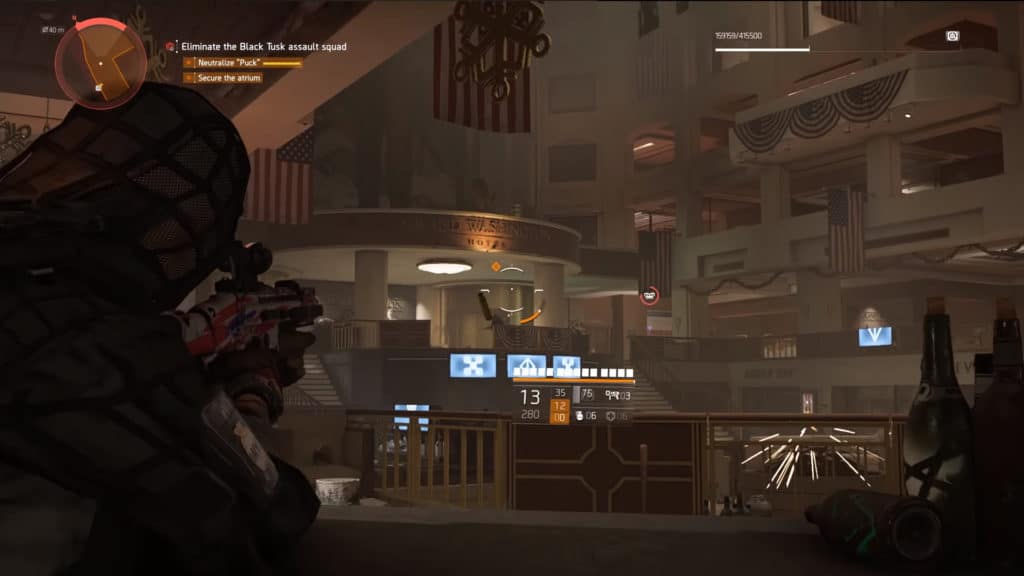
It also helps that the levels have been designed beautifully. Whether you are on the street, in a building, or even an open field, there are always multiple levels of elevation. This comes by way of cars, buses and trucks on roads, multiple broken floors in buildings (that also often look out onto the street); scaffolding, outhouses, and even trailers that you can climb up on. The way the levels are designed not only works beautifully in tandem with the way the loot cadence is designed, but it also helps to emphasise the sheer amount of detail that went into the crafting of Washington D.C.
The game is a visual spectacle, but how does it perform? When I played through the betas for The Division 2, I was initially impressed but also disappointed with disappearing enemies, major lag, and a few undesirable crashes. The good news is that all of the bugs I experienced have been ironed out for the final release! Overall, the game performs like a dream. With that said, I do feel that loading times could improve quite a bit, but considering that I played it on the original Xbox One, and there are almost no loading screens once in-game, I feel that performance is a none issue.
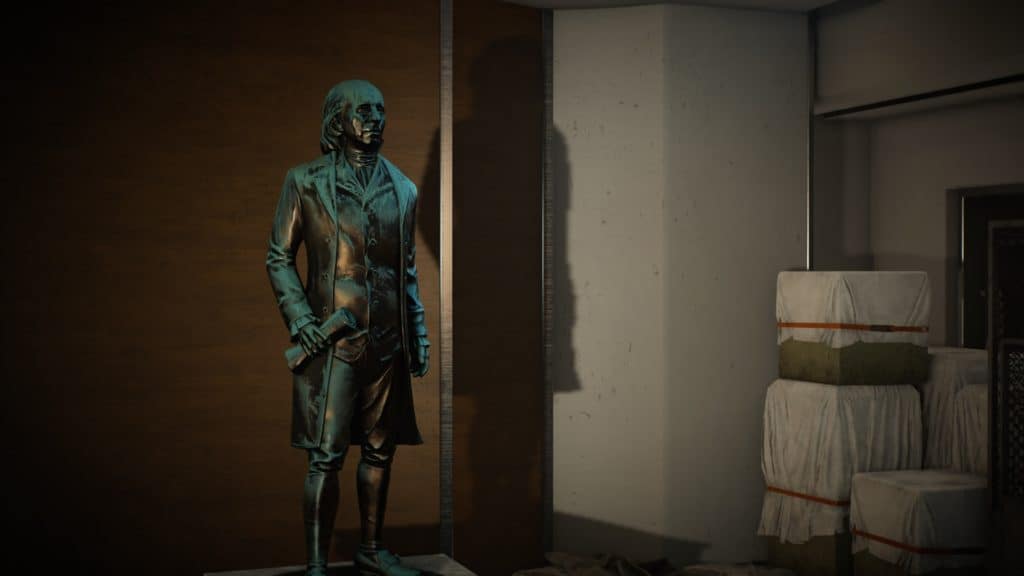
A superb sequel and addition to the series
There is no doubt that The Division 2 is a far cry more improved than Ubisoft’s first go at open-world looter/shooters, and that is saying a heck of a lot considering how much I enjoyed and loved the first game.
This game is a shining star of a looter/shooter. Where the set pieces of New York were enough to make me go “wow”, The Division 2 completely blows even that out of the water. The game delivers action-packed and heart-wrenching moments that force players into hard-pressed, tactical thinking – especially in the end-game. The absolutely superb loot cadence also appears to have come from years of listening to fans of the first game. Sure, the story could be a little more engaging, but Ubisoft and MASSIVE made it crystal-clear that end-game is where all new development will take place; and that is not a bad thing at all.
The Division 2 is the perfect sequel. It improves upon the first with vastly superior loot cadence, a very rewarding player progression system, and a heck of an end-game that promises many more hours beyond the first twenty that you have to spend getting there.
| Time Played | 30+ Hours |
| Difficulty | Normal through to end-game |
| Platform | Xbox One |
| Acquisition | Review code courtesy of Ubisoft |
Junior Editor at Vamers. From Superman to Ironman; Bill Rizer to Sam Fisher and everything in-between, Edward loves it all. He is a Bachelor of Arts student and English Major specialising in Language and Literature. He is an avid writer and casual social networker with a flare for all things tech related.

